The coast of southeast Africa is adorned by Mozambique, a colourful, multi-faceted country that entices adventurous travellers to its palm-lined shores. A tropical climate, seemingly endless supply of wild beaches, warm water and cultural diversity all contribute to the myriad of unmissable things to do in Mozambique.
Enclosed in part by savannah and rugged, forest-studded mountain ranges, Mozambique is drained by the Zambezi river before it empties itself into the Indian Ocean. Along its spectacular shoreline, the coastal nation is flanked by a fringe of idyllic islands.
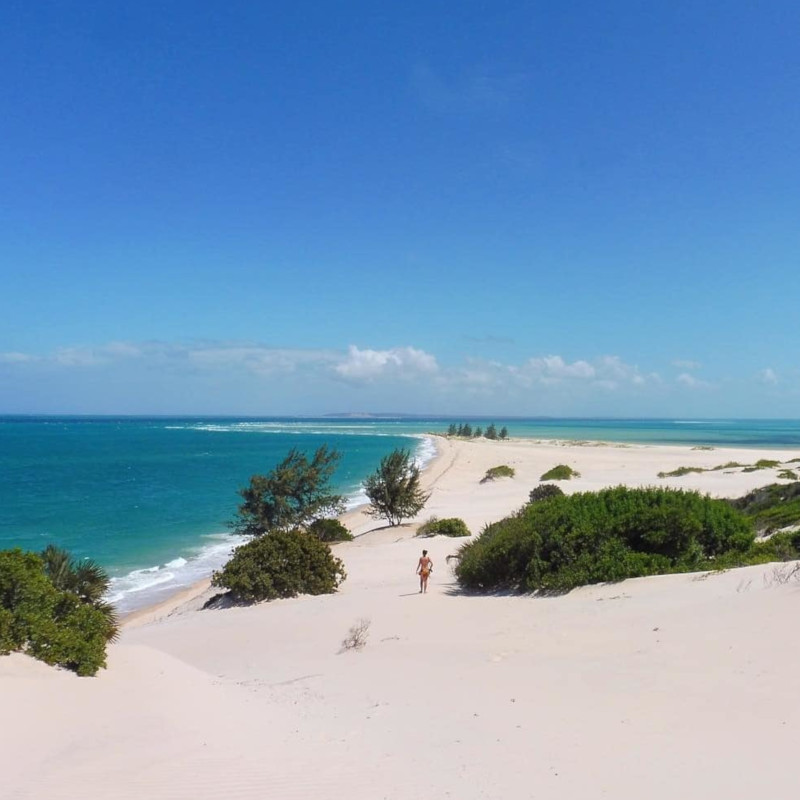
Image courtesy of @e_fortin_ via Instagram
Beaches
Arguably the most renowned drawcard of Mozambique is its beaches. From Tanzania, all the way to South Africa, over 2000 kilometres of flax-coloured beaches dissolve into the adjacent Mozambique channel – a leg of the greater Indian Ocean.
Apart from an obvious rugged, wild beauty – a characteristic which is inherent throughout most of the African seaboard – the dune-backed coastline offers unparalleled opportunities to explore its azure depths and coral reefs by way of snorkelling and scuba diving.
It’s easy to get off the beaten track in Mozambique and visitors can enjoy the variety of rustic, unnamed beaches nestled between fishing villages and luxurious resorts. Be sure to bask on some of the top Mozambique beaches, without even needing to leave the mainland.
Ponta do Ouro
Starting in the south of Mozambique, Ponta do Ouro is in close proximity to the South African border and is well-known for its white sand beaches, excellent scuba diving and dolphin spotting. Apart from superb watersports, enjoy horse riding and wintery whale watching.
Tofo
Travelling in a southeasterly direction, the coastal town of Tofo is an excellent stop for scuba diving, snorkelling and beach-bumming. Encounter manta rays circulating their nearby cleaning station at Manta Reef, or laze on Barra Beach.
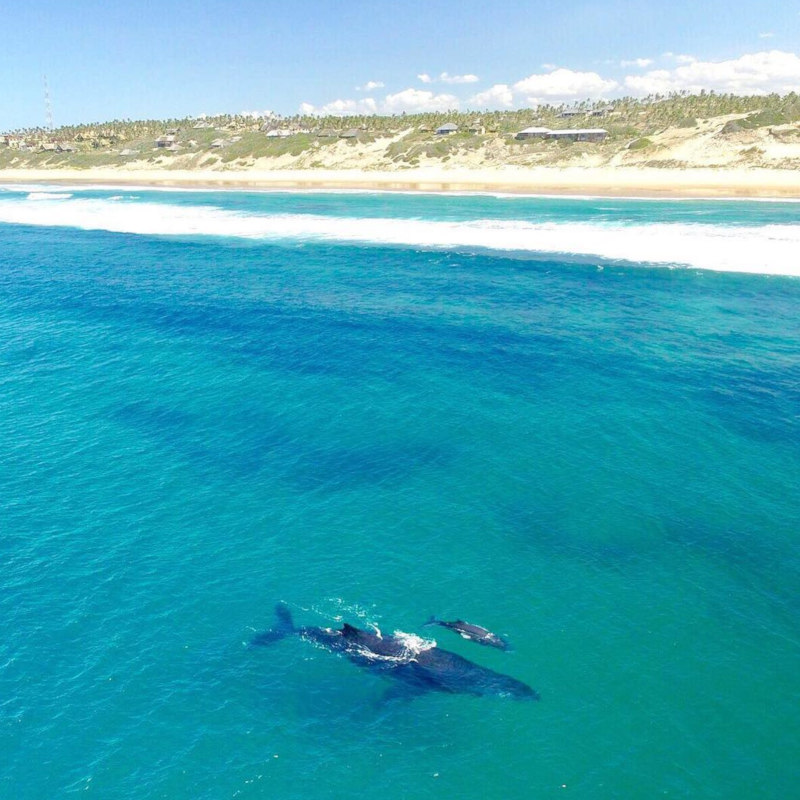
Image courtesy of @joubertsimone2018 via Instagram
Inhambane
Nestled on the Inhambane Bay to the northeast of the Mozambican capital of Maputo, Inhambane is well-loved for its tranquil atmosphere, historic buildings and beautiful beaches. Spot humpback whales on migration during the months of July to November, or enjoy scuba diving, snorkelling and horse riding throughout the year.
Vilanculos
The gateway to the Bazaruto archipelago across the bay, the small coastal town of Vilanculos is a favoured beach holiday destination. Its pristine beaches and calm waters are a watersport lovers paradise!
Pemba
On the northeastern coast of Mozambique, the port town of Pemba lies tucked into a peninsula on the Pemba Bay. Picture a white-sand beach, lapped by turquoise water and coral reefs. Dolphins and elusive dugongs are often spotted at this gateway to the Quirimbas National Park.
Mozambique mainland and islands map
In the grand scheme of southeast Africa, where is Mozambique located? Use this interactive map to navigate the mainland and islands, as well as Mozambique points of interest!
Island hopping
While there are numerous islets, barrier islands and coral outcrops around Mozambique, most form part of a greater island, or archipelago. The islands of Mozambique are worth making the trip to experience. Be sure to make at stop at the key islands.
Quirimbas Archipelago
Located off northeast Mozambique, the chain of coral islands forming the Quirimbas Archipelago stretch from the coast near Pemba and taper off towards the Tanzanian border. Eleven Islands form part of the Quirimbas National Park (a designated UNESCO biosphere reserve). Included are Ibo, Rolas, Quirimba and Quilalea.
Island hopping presents the opportunity to explore the varying terrestrial and marine habitats and the flora and fauna that populate them. Many of the animals that call the islands home are rare, threatened species. Historically significant, the island of Ibo is the resting ground for crumbling, colonial-era forts and facades dating back hundreds of years.
Take a cultural village tour on Matemo island, a dhow safari from Ibo, dive the sites of Vamizi or book a romantic escape, tucked away on the private island of Quilalea. The archipelago boasts memorable cultural, historical and adventure excursions.
Forming part of the archipelago are:
- Vamizi Island
- Metundo Island
- Medjumbe Island
- Mogundula Island
- Matemo Island
- Ibo Island
- Rolas Island
- Quilalea Island
- Quirimba Island
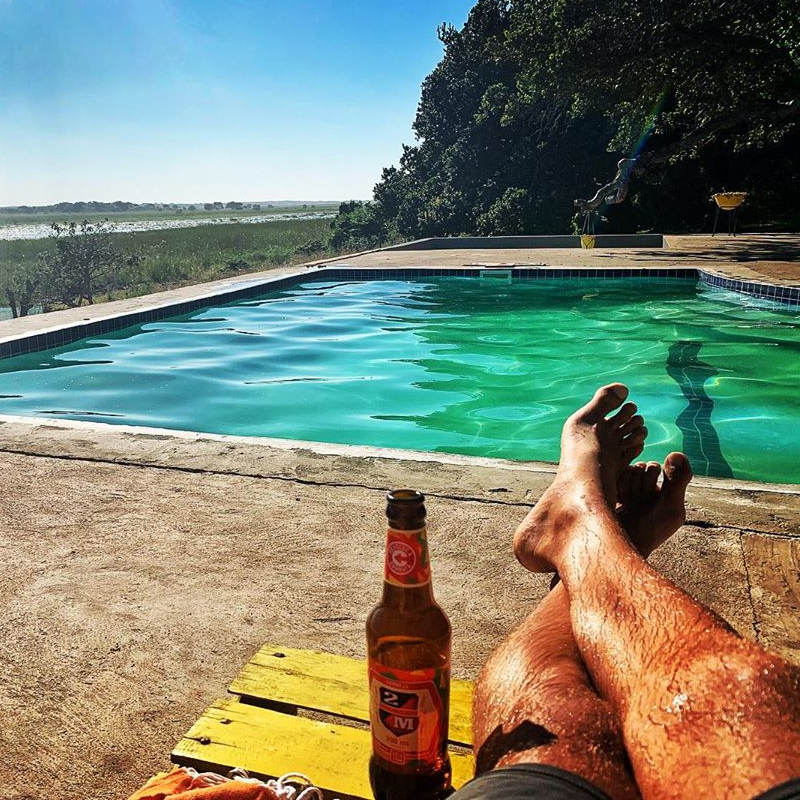
Image courtesy of @flowradlife via Instagram
Bazaruto Archipelago
Six sparsely inhabited islands (or uninhabited altogether) lie off the coastal town of Vilankulo, forming the larger Bazaruto archipelago. Lapped by tepid, turquoise ocean, the white-sand beaches and lush mangrove forests that adorn the islands are protected under the status of the Bazaruto National Park.
The idyllic coastline and inland conditions of the islands result in prolific natural life, from bountiful species of birds and marine life to a handful of Nile crocodiles and buck. Although a rare encounter, don’t be caught off guard when approached by a dugong while diving – its grey, torpedo-shaped body resembling that of a manatee.
Thanks to warm, clear waters, swimming, diving and snorkelling are on offer amongst the pristine coral reefs, while those who prefer to stay above the surface can enjoy water skiing, parasailing and kayaking.
The Bazaruto archipelago is comprised of the following islands:
- Bazaruto Island
- Benguerra Island
- Santa Carolina Island (or Paradise Island)
- Magaruque Island
- Banque Island
- Shell Island
Ilha de Moçambique
Historically a trading-post and key maritime route, the Island of Mozambique is a UNESCO World Heritage Site that is awash with influence from its days of Portuguese colonial rule. Also visible in the culture and architecture of the island are Swahili and Arab influences, amongst others.
Perhaps the most prominent feature of the island is the Fort of São Sebastião in the north. The stone fortress is regarded as the oldest complete fort still remaining in sub-Saharan Africa, with a controversial history that dates back to 1558. Accessible from the fort stands an example of Portuguese late Gothic architecture (known as Manueline) in the partially restored Chapel of Nossa Senhora de Baluarte.
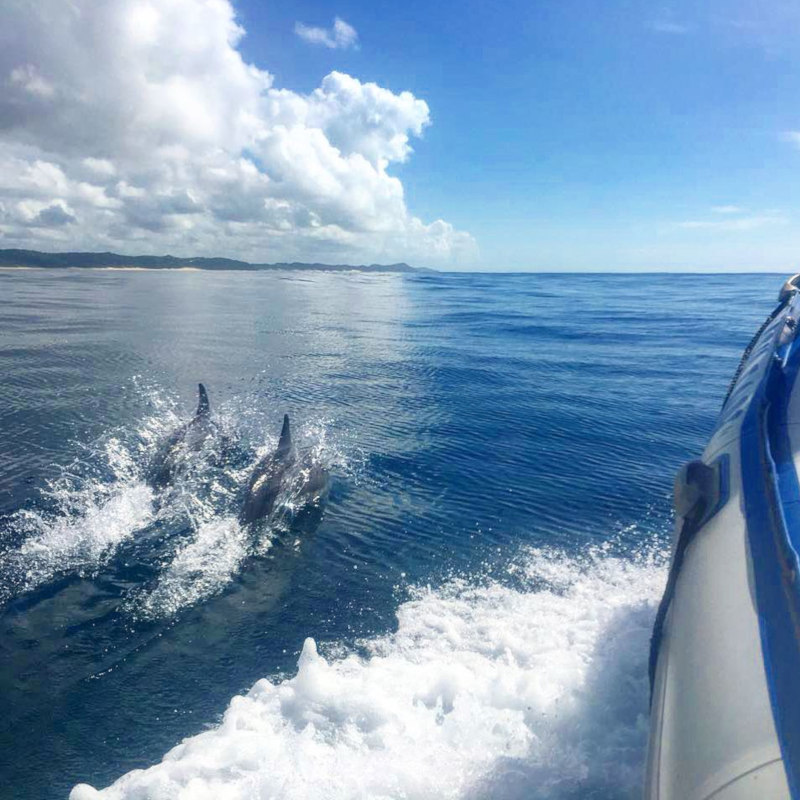
Image courtesy of @bucklesj101 via Instagram
Wildlife and nature
While the beaches of Mozambique are a treasured feature of its geological makeup, they form only part of its natural attractions. Venture from the sandy seat of your resort and get out into nature at one of the incredible national parks.
Gorongosa National Park
Arguably the most well-known, Gorongosa National Park lies on the southern fringe of the Great Rift Valley. If you are travelling to Beira, make the trip to enjoy the diverse flora and fauna – some of which are found only in the Gorongosa ecosystem. Spot lions, elephants, hippos and crocodiles amongst an abundance of birdlife.
Quirimbas National Park
The Quirimbas National Park is a large expanse that includes a portion of the Mozambican mainland and the southern section of the Quirimbas Islands. Encompassed in the park are coral reefs, mangroves, beaches, savannah and mountains. From lions, leopards, elephants and crocodiles to sea turtles, dolphins and vast species of fishes – the park protects the precious natural features of Mozambique.
Also read: The best time to visit Mozambique.
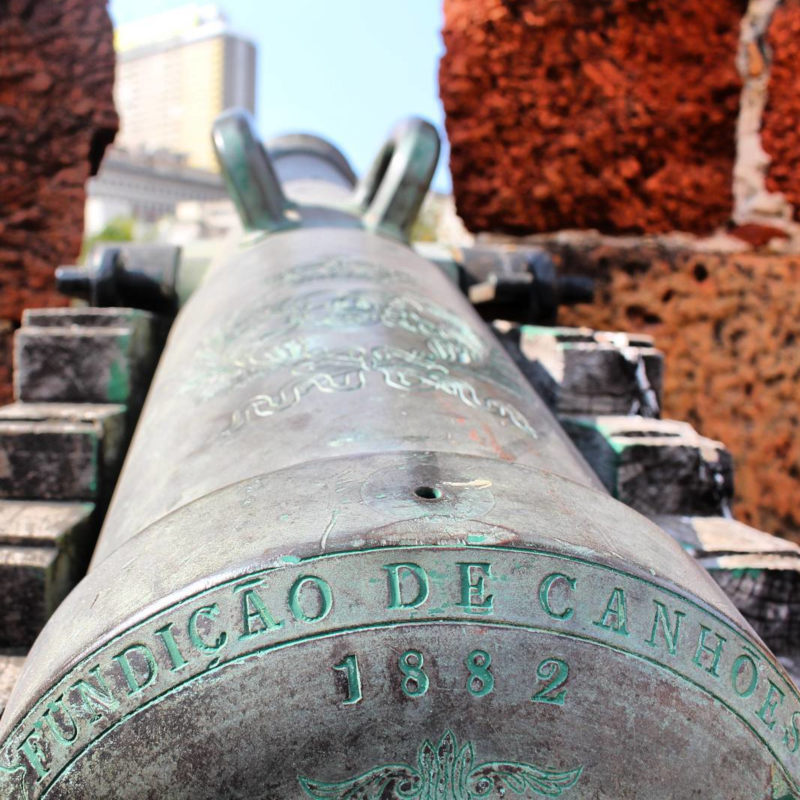
Image courtesy of @tanymajose via Instagram
History and culture
Mozambique evokes a sense of nostalgia, with remnants of the once Portuguese colony – an influence which is still evident in the architecture, cuisine and culture that remains to this day. The ravages of the civil war still loom in crumbling facades and in the economy, neither of which seem to dampen the spirits of warm and friendly locals.
Natural History Museum of Mozambique
Dating back to 1913, the Natural History Museum is located in Maputo and is architecturally representative of ‘Neo-Manueline’ or Portuguese romanticism. The beautiful building is one of the best places to visit in Mozambique, accompanied by manicured gardens and housing a selection of taxidermied animal species and historical artefacts.
Where to find it: Travessia de Zambeze, Maputo, Mozambique
Fortress of Maputo
Constructed between the 18th and 19th centuries, the Fortaleza de Maputo is a historical monument that houses a museum and collection of military memorabilia. Built by Portuguese colonists, it is one of the oldest buildings in the city and one of the top Mozambique tourist attractions.
Where to find it: Praça 25 de Junho, Maputo, Mozambique – next to the fishing port.
Maputo Railway Station
Considered by many to be one of the world’s most beautiful railway stations, the historic Central Railway Station is a grand culmination of ornate wrought-iron, marble pillars and a roof constructed by the associate of famed Alexandre Gustav Eiffel (Think Eiffel Tower). Two old steam locomotives rest here, amongst the still functioning tracks of the station.
Where to find it: Praça dos Trabalhadores, Maputo, Mozambique
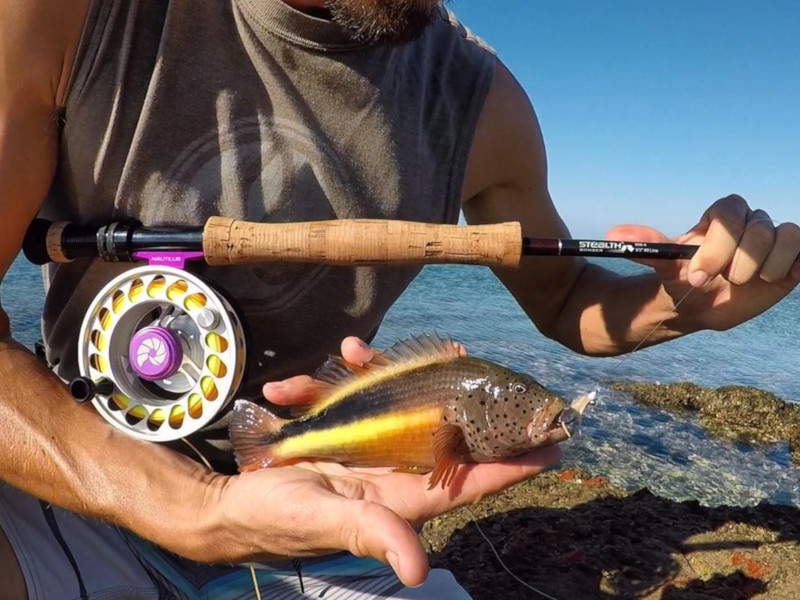
Image courtesy of @dean_mchendry via Instagram
Cuisine
Drawing influence from its Portuguese heritage, and with close proximity to the Indian Ocean, sampling local cuisine is another of the most unmissable things to do in Mozambique. Foodies will delight in the buffet of seafood on offer. From spicy Portuguese chicken to beach braais lined with an array of fish – freshly plucked from the ocean – these are the top things to eat and drink while in Mozambique:
- Prawns
- Matata (Clams in port wine)
- Peri-peri chicken
- Prego roll
- Paõzinho (Portuguese rolls)
- Tropical fruit
- Cashews
- Tipo Tinto & Raspberry (R&R)
- 2M Beer
Shopping
While Mozambique is certainly a tropical paradise, it may not immediately come to mind as one for shoppers – but there is an abundance of local goods to bring back home as a reminder of your trip. From large, glossy malls in the capital city of Mozambique, Maputo, to roadside vendors and markets, there are plenty of opportunities to snap up a memento or two on your travels.
What to buy in Mozambique? The traditions and storytelling of Mozambican culture are present in the colourful, creative arts and crafts produced in the coastal locale. Hand-painted batiks serve well when used as anything from fashion pieces to tapestries and tablecloths. Purchase these between Ponta do Ouro and Vilanculos on your coastal travels.
Heading towards Northern Mozambique you will find Makonde sculptors, shaping famed Makonde figurines from wood. These symbolize traditional Mozambican culture and recount colourful stories through exaggerated forms and features. Also pick up handcrafted baskets and leather pieces throughout your Mozambique travels.
Nightlife
After long days spent sunbathing, exploring, and taking advantage of the dreamy surrounds, head towards the Mozambican beats of its nightlife scene. Rub shoulders with locals at cosy beach bars, lively nightclubs and jazzy cafés.
Coconuts Live
A perpetual travellers recommendation, Coconuts Live is a favourite amongst the young and well-heeled in Maputo. The multi-level nightclub comes equipped with a massive dancefloor, VIP lounge and pool bar.
Where to find it: Av. da Marginal, Maputo, Mozambique
Fernando’s Bar
An institution amongst regular travellers, Fernando’s Bar is considered by some to be the original home of the Mozambican cocktail of choice, the Tipo Tinto ‘R&R’. Visit for a mandatory check-in on arrival in Ponta do Ouro.
Where to find it: Off Ponta Beach Drive, Ponta do Ouro
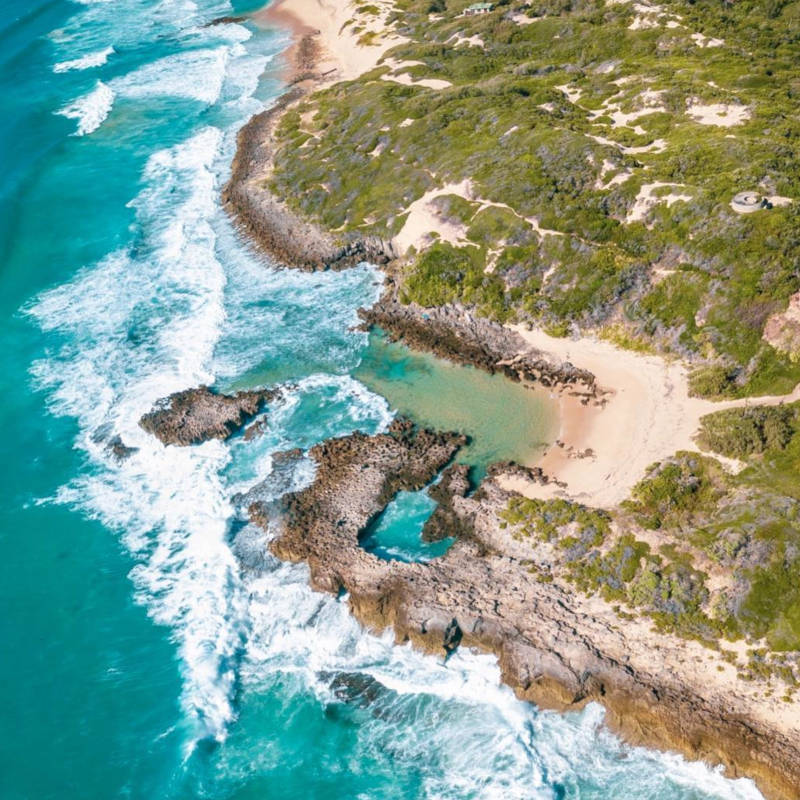
Image courtesy of @tamalyn_wright via Instagram
With so many things to do in Mozambique, you’ll have no problem keeping yourself occupied or otherwise in this ‘island life’ locale of southeast Africa. All that’s left to do is to get there as quickly as possible! Booking cheap flights to Mozambique is a breeze with Travelstart.
Have you explored the diverse mainland and idyllic archipelago’s? Do you have recommendations of what to do in Mozambique? We would love to hear all about your adventures!
All information on this blog page was correct at the time of publishing and may change at any time without prior notice. Travelstart will not be held liable for loss or inconvenience resulting from the use of out-dated or incorrectly noted information.
This is amazing! It’s informative and adds one more beautiful reason to go to Mozambique. Thank you 🙂
This valuable is one of the top-quality posts which I have studied till date on Mozambique
Thank you for the post!